
As we walked up the street into Puerto Natales at about nine in the morning after our extra night on the ferry, I had the odd feeling that we had come ashore in a ghost town. Even the dogs were mostly missing. As we climbed the slope toward our accommodations, we started to wonder – is there something we should know?

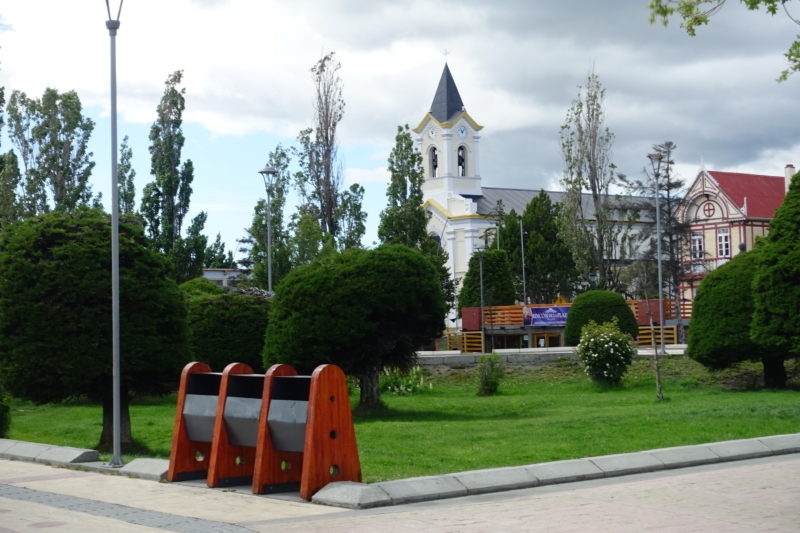
Eventually we reached our hostel, dumped our stuff and went to look for a way to visit Torres del Paine. Ever so slowly the town came to life, and revealed itself to be a pleasant enough gridded pueblo of small houses, pensiones and hostels, plus some larger hotels, and an interesting cemetery. There were a surprising number of outdoor outfitters and camping suppliers. Even the locals wore North Face and Marmot, while I was wishing for the same!
Turns out there was little need to be a morning person. With the December solstice bringing nearly 18 hours of daylight, people were sleeping in. Lots of stuff was just getting started in the slanting light of 9 pm and the supermarket didn’t close until 11.
18th and 19th century settlers found the grasslands of southern Chile and Argentina well-suited for raising sheep and did so on vast estancias, exporting the wool. As technological advances permitted, meat was also exported. At Puerto Natales, there had been a slaughterhouse and meat-packing facilities but that declined after World War II. Part of the plant has now been incorporated into a classy-looking hotel, a bit out of town – maybe next time?
Nowadays Natales is mainly the terminus to the ferry and the gateway to the Torres del Paine National Park. That’s pronounces Pi-nay, an indigenous word for, I think, blue. It’s got a glacier, blue- and green- colored lakes, silty melt rivers, a famous massif, climbing and hiking trails that can occupy visitors for a day, or a fortnight.
Torres del Paine was in the travel plans of just about everyone on the Navimag ferry, and of course we wanted to go too. Could we rent a car to go look around? Nope, all booked. Could we rent camping gear and do one of the multi-day treks thru the park’s spectacular scenery? We vetoed that idea ourselves as we became aware of just how many other people there were competing for limited space, and just how variable the ‘summer’ weather could be. And, how complicated and expensive it would be to outfit ourselves from scratch for a week of camping.
So we settled for a mini-bus tour, which ended up being a maxi-bus tour, shuffling off and on at each of the miradors, except the one at the waterfall which was deemed too windy to be safe.
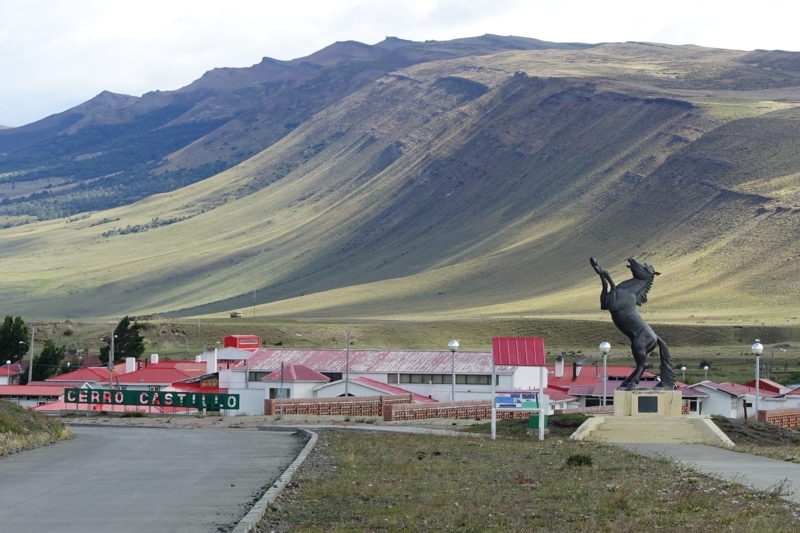
The park is a two-hour drive away from Pto Natales through miles of estancia country, huge pieces of flat scrub? grass? land rising gradually into much taller peaks. Surely TdP is the largest money-earner of all the Chilean national parks, since to drive through on our bus cost US$30 admission each, not including the bus. Foreigners pay a premium and they are 60% of the 150,000 annual visitors (Wikipedia).
But, our destination having been named by National Geographic in the top five of the most beautiful places in the world, we couldn’t complain. And we’re not. Especially since, at the end of the day we came across some folks, Australians we had met aboard the ferry. They did get a car, and we got to ride back to TdP again with them the next day at a much more leisurely pace. Plus, we got to travel with them for another couple weeks. It was grand; so much easier to share the planning and expenses, especially with compatible seasoned travellers!
Here are a few shots from Torres del Paine.

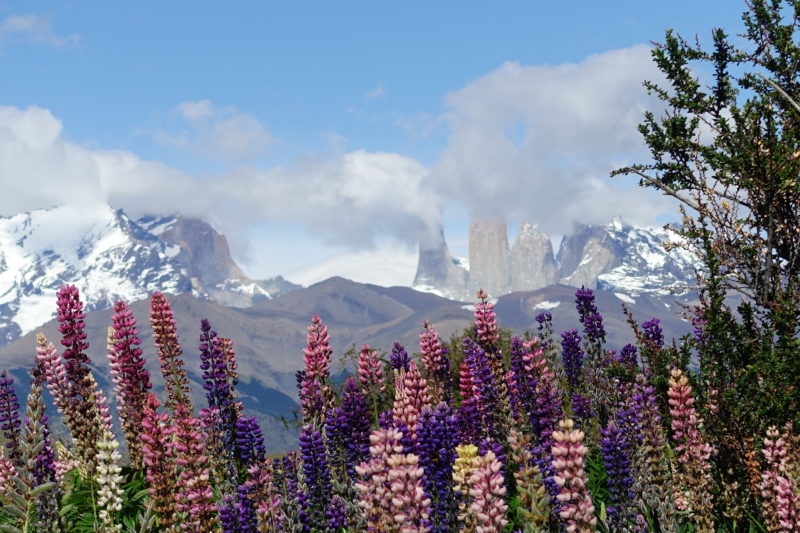


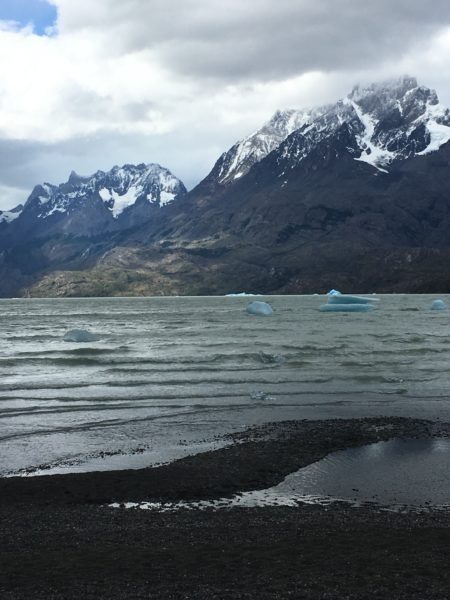

Something still not right with the Gallery, so I’ll just leave it small.

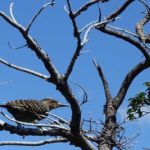
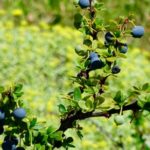
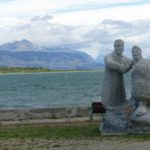
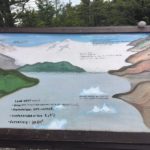
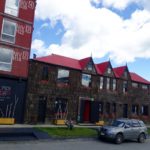
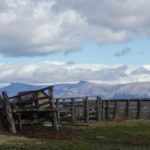
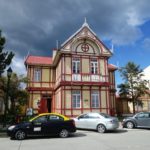
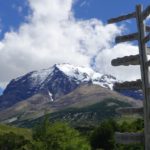
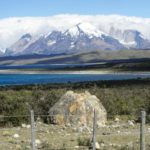
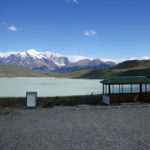
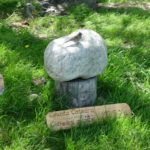
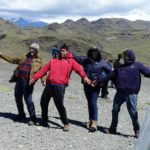
Wonderful to see that you are both still having a terrific adventure! We are still living aboard but have become rather stuck here in Devon. It’s a lovely spot but we haven’t been doing any sailing having been bogged down with ill health and the demands of children….things are looking up though and we have plans…again!
Very jealous that you are in Patagonia-it has also occupied a part of my mind for many many years. Reading Bruce Chatwin and watching Daniel Day-Lewis in Eversmile New Jersey are definitely to blame.